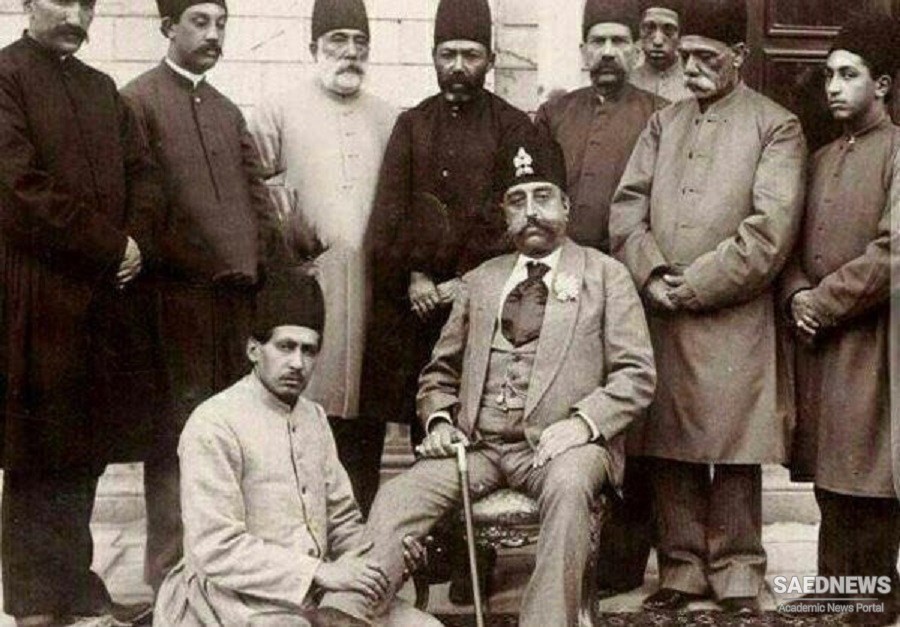Rulers and elites had long been able to deal innovatively with external and internal challenges, whether imperial rivalry with the Ottoman state, the consolidation of various forms of dynastic rule, or competition among religious and propertied factions. Residents in rural, urban or nomadic communities adapted to and influenced new developments, from the establishment of new communal Shi’a practices under Safavid rule, to invasion and external disruption by the Afghans in the eighteenth century, and new power negotiations among elites and the incoming Qajar rulers in the nineteenth. Members of the ‘ulama modified and transformed their expert traditions and social relations, just as pastoralists or traders evolved responses to European demands for wool, silk and carpets, and artisans developed new designs for new markets. In these senses Iranians were active practitioners of ‘change’ not just as a reactive and pragmatic response to circumstances, but as a creative, even innovative, activity.
These points are reminders that initiatives and notions of reform cannot be simplistically associated with the ‘modern’ era examined here. Just as fifteenth century Ottoman sultans established their ‘New Troops’/Janissaries, and seventeenth-century Russian tsars and nobles constructed a ‘new’ peasant serfdom, so sixteenth- and seventeenth-century Iranian rulers and ‘ulama created, and were conscious of creating, new religious and administrative practices. In the 1840s and 1850s the Babi movement used indigenous modes of revelation and inspiration to press its visionary case for a new spiritual and social dispensation, demonstrating the continuing power of this approach to change. Other reform projects of the period show the impact of different influences. Amir Kabir, chief minister of Nasir al-Din Shah from 1848 to 1851, who suppressed the Babi movement, was mainly concerned to reform the governmen's military, financial and administrative procedures. Like an earlier ‘reformer’, the Qajar prince ‘Abbas Mirza in the 1820s, he responded to the assertive power of the tsarist empire on Iran’s northern borders and to the example of state-led reform in that empire.
What distinguishes such initiatives from later concerns with ‘reform’ was their pragmatic and contingent character. The later decades of the century saw qualitative shifts in contacts between Iranians and a wider world with resulting changes in their cultural repertoires and in their perceptions of the aims and content of the changes they might want to make. The material involvement of the Russians and British in Iran intensified, as did their strategic concern with it as an unstable ‘buffer state’ between their respective expanding empires in Central Asia and India. European diplomatic and business visitors to Iran were supplemented by missionaries (American in north-western Iran, British in the south), telegraph staff (following Iranian linking with the Indo-European telegraph system in the 1860s), and military and technical ‘experts’. The growth of Iranian communities in Istanbul and Bombay, the maintenance of links with Iranians living under Russian rule in the Caucasus, and the movements of migrant workers between Iran and Russia brought particular groups of Iranians into contact with a wider range of ex - periences and ideas. Merchants, migrant workers, intellectuals and government officials had the opportunity to compare and contrast work, culture, politics and education as practised in Iran, the Ottoman Empire, India, the Caucasus and Egypt. Few in number, these Iranians played significant roles in setting new agendas for change.


 Religious Dimension of the Modern Culture of Iran in Early Qajar Era
Religious Dimension of the Modern Culture of Iran in Early Qajar Era














































